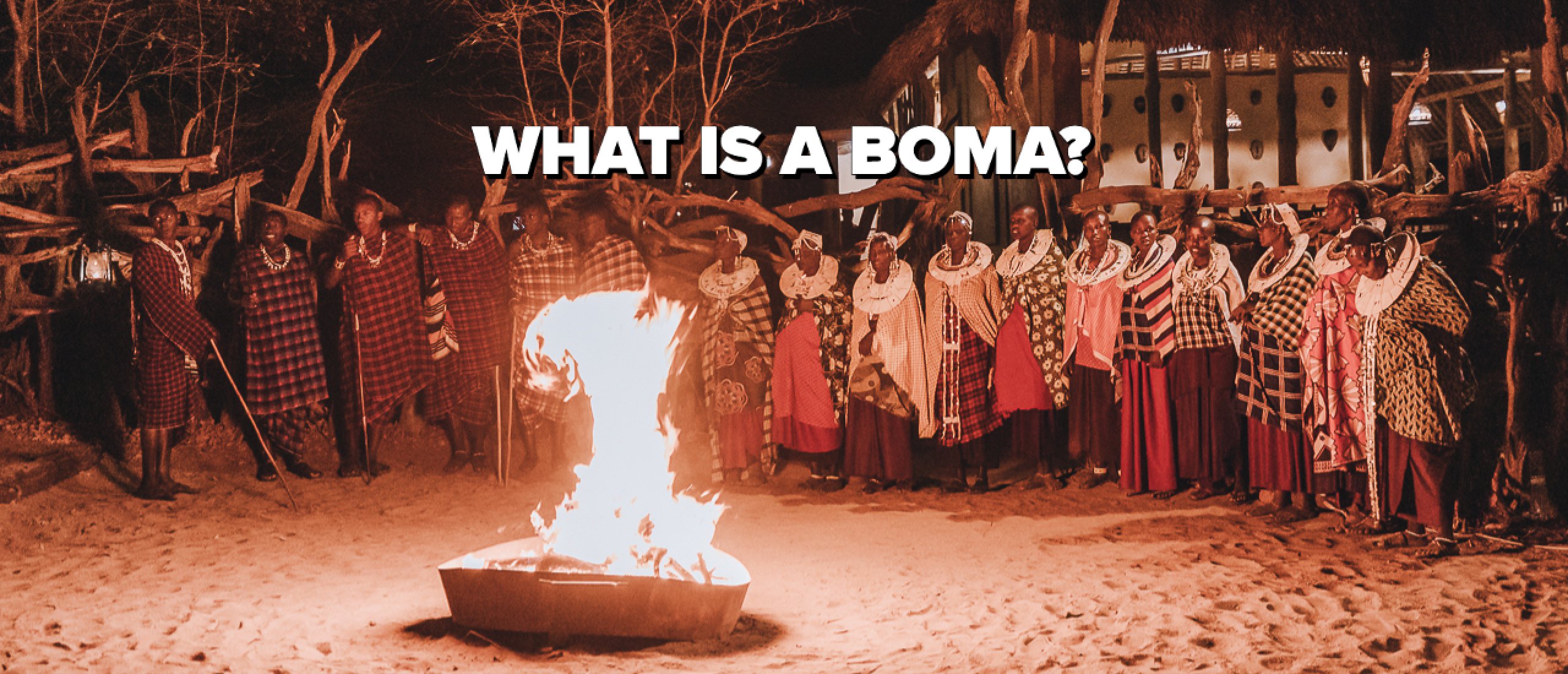
What is a boma?
An African boma is borrowed from the Swahili language and is a traditionally known as an enclosure, stockade or fence used by people in many parts of Africa to protect their livestock like cows, sheep, goats and other animals from predators, like lions or leopards (part of the so-called Big Five). It is typically made of a circular or rectangular fence of branches, sticks, or thorns, with a gate or opening for people to enter and exit. Some bomas are more elaborate and may have additional features such as a thatched roof or a central area for cooking or sleeping.
Bomas (also known as kraal) are used by many pastoralist communities in Africa, who rely on livestock like cattle for their livelihoods. They are an important means of protecting their animals from predators such as lions, leopards, and hyenas. In addition to providing protection, bomas also serve as a gathering place for people to socialize and conduct community business. Among the Maasai people, a boma is a homestead containing several hand-built huts for each family member.
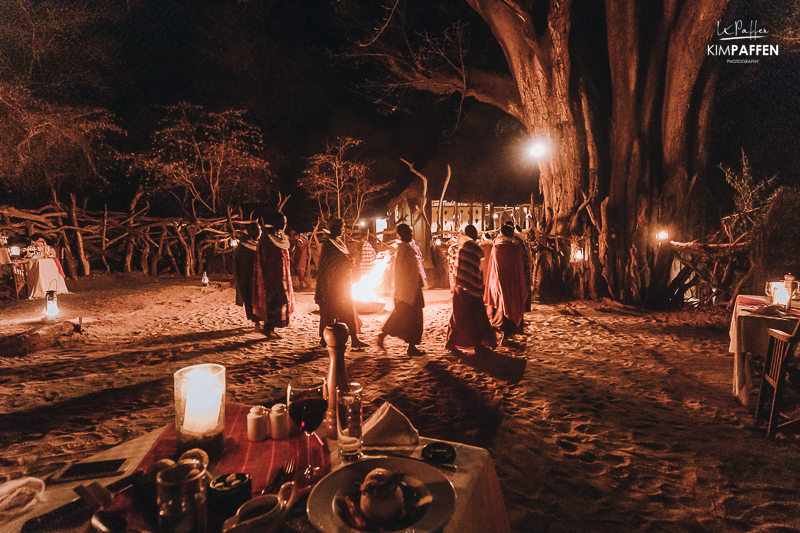
Boma construction
The design and construction of bomas vary depending on the region and the specific needs of the community. Some boma shelters are temporary, while others are more permanent structures. They may be built with locally available materials, such as branches, sticks, or thorns, or with more modern materials like wire or metal fencing. In some cases, bomas may be used in conjunction with other forms of protection, such as watchtowers or guard dogs.
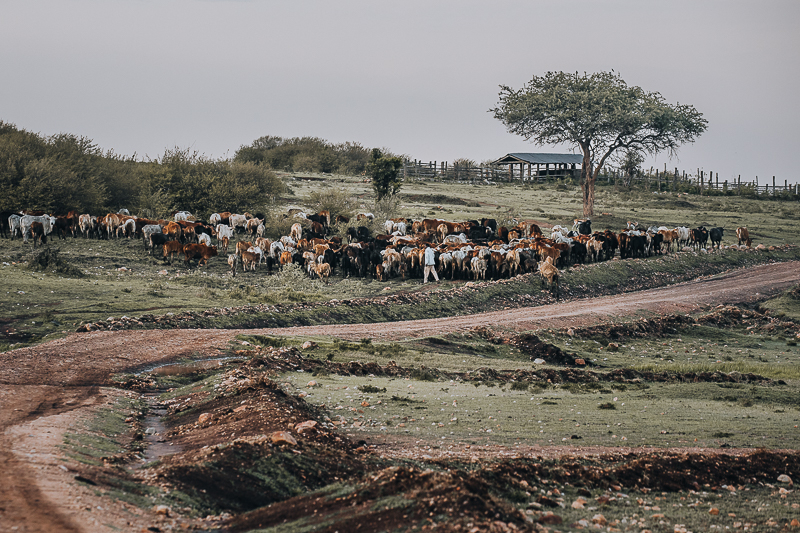
Boma dinner
Many safari lodges in Africa offer so-called (open-air) boma dinners as a way for visitors to get a taste of African culture and cuisine. These tribal dining experiences are typically held in a replica boma or in a traditional boma that has been modified for the comfort of tourists. Boma dinners are usually held in the evening, when the weather is cooler and the animals are more active. After a day in the bush, it's a wonderful way to gather around a fire and exchange the wildest stories and the wildlife sightings you had on your game drive.
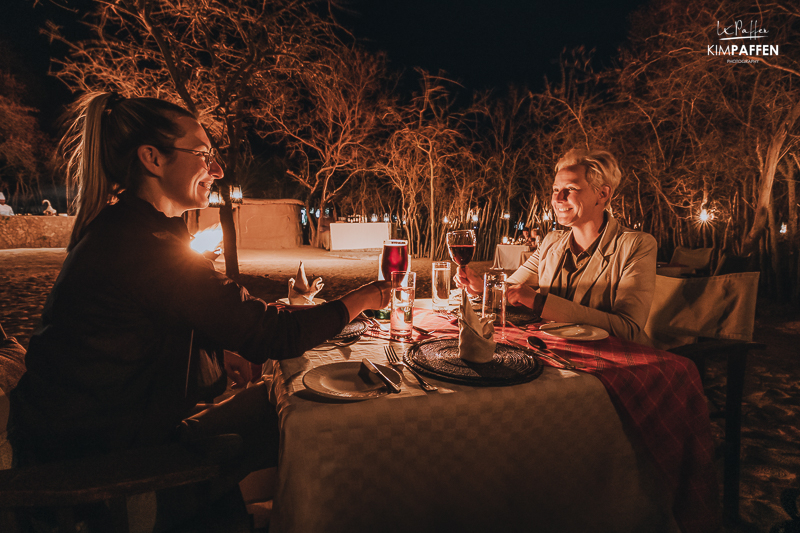
Cultural Boma experience
Dining inside an African boma can be a unique and immersive cultural experience. It typically involves eating a traditional meal in a traditional setting, surrounded by the sounds and sights of the African wilderness including a fire in the middle of the boma.
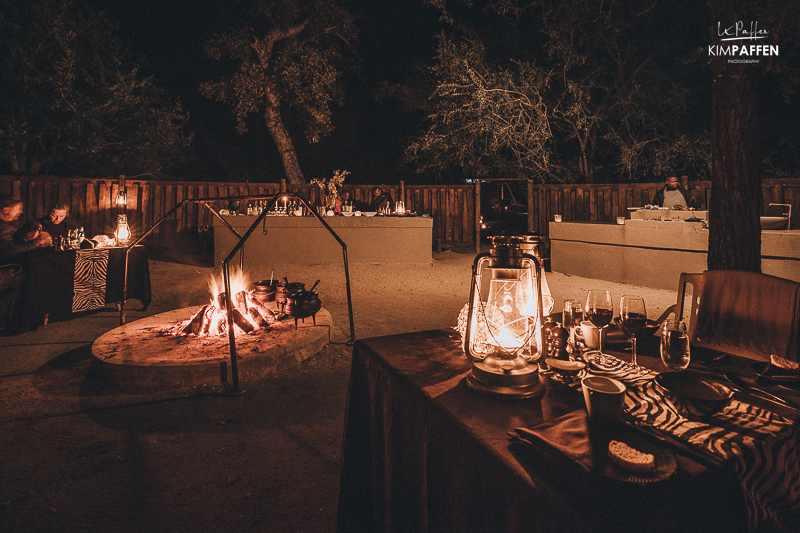
A typical boma dinner may include a variety of African dishes, such as grilled meats, stews, vegetables, and grains. The food is often cooked over an open fire, using traditional cooking methods or barbecue. Some boma dinners may also include cultural performances, such as dancing or singing, to add to the atmosphere.
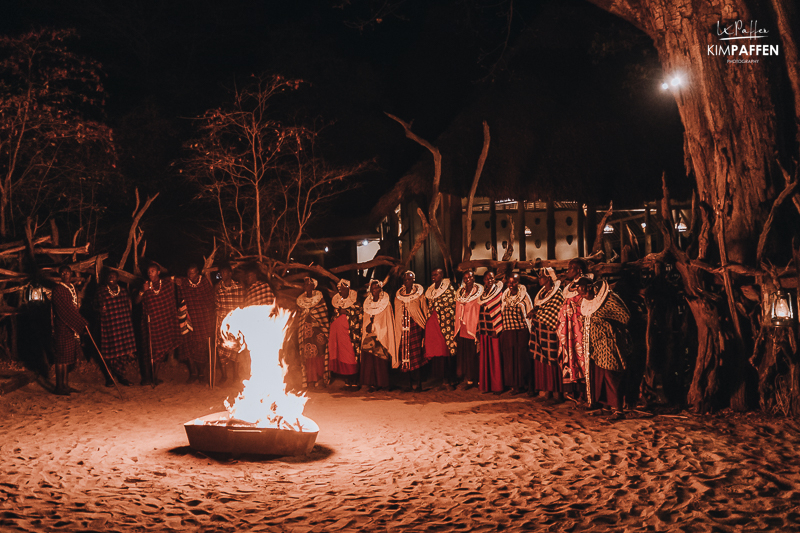
While dining in a boma can be a fun and memorable experience, it is important to respect the customs and traditions of the local community. This may include dressing modestly, following local etiquette, and being mindful of any cultural taboos.
Boma for wildlife conservation
Did you know a boma can also be used for wildlife conservation? Boma's can for example be used to settle and habituate certain animals to its new home or to rehabilitate sick/injured or orphaned animals for a short period of time to get these animals back to their natural state.
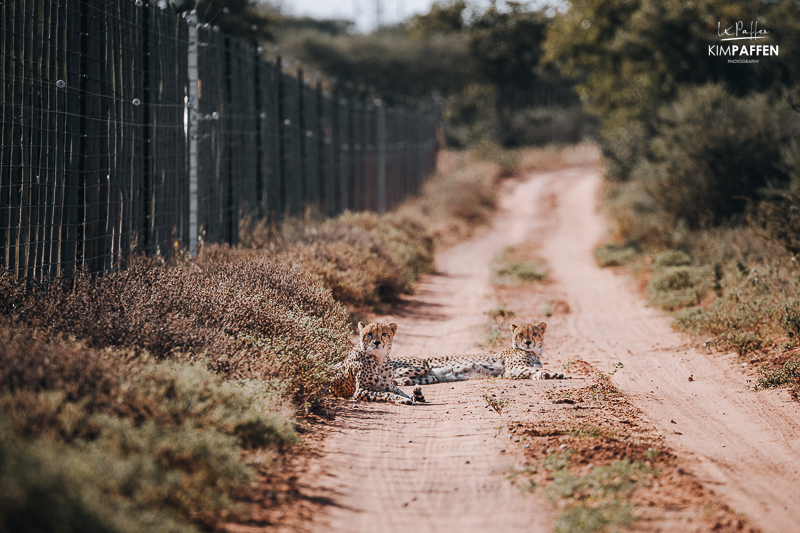
Boma's are often more effective then for example a fenced-off piece of land. According to Wildlife Act the construction and design of a Boma is vital when dealing with wild animal conservation. For elephants, fencing alone can't stop these gentle giants. You also need electricity on the fence. For Wild Dogs, you have to dig a trench on the inside perimeter and lay skirting or wore meshing down to prevent the dogs from digging their way out. For Cheetahs, the boma fence needs to be high enough as they can jump very high. These are just a few examples why the design and structure of a boma for wildlife conservation is vital.
Life in a Maasai Boma
The Maasai people don't live in a village, they live in family compounds called bomas. A Maasai Boma is a homestead headed by one male and consists of houses for each of his wives and children.
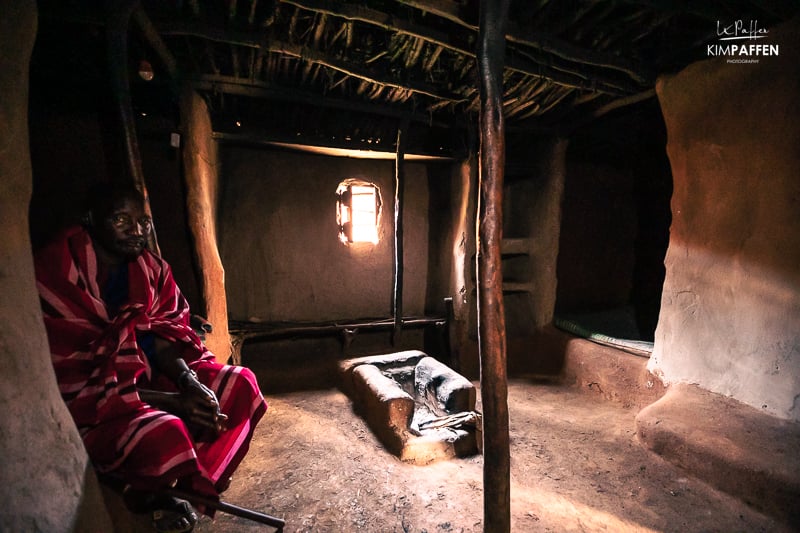
Every wife builds her own hut, usually made from cow dung. The number of huts in a boma depends on how many wives (and children) the male Maasai has. The Maasai is a polygamous tribe.

Maasai Boma for visitors
There are also commercialized Maasai bomas for visitors to get an idea of the Maasai culture and how they live. Some of these bomas are replicas meaning the Maasai don't live there, but it's just a cultural experience for people who want to learn more about the Maasai culture.
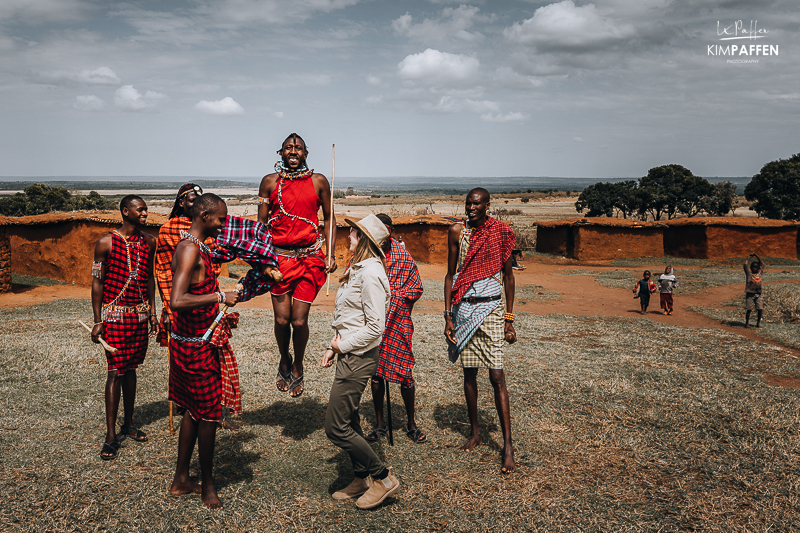
Other bomas are still more authentic where the Maasai people still live. The question is obviously how long these Maasai bomas will stay authentic, but I prefer visiting a maasai homestead where the Maasai actually lives.

What is a boma?
We now know that a boma can have different purposes. Nowadays, most people link the word 'boma' to the popular boma dining safari activity, part of many safari trips.
Dining in an African boma can be a unique and enriching way to learn about and experience African culture and cuisine. It is a great opportunity to immerse yourself in the sights and sounds of the African wilderness and to learn more about the traditional way of life in Africa under a starry night sky in the heart of the African bush.
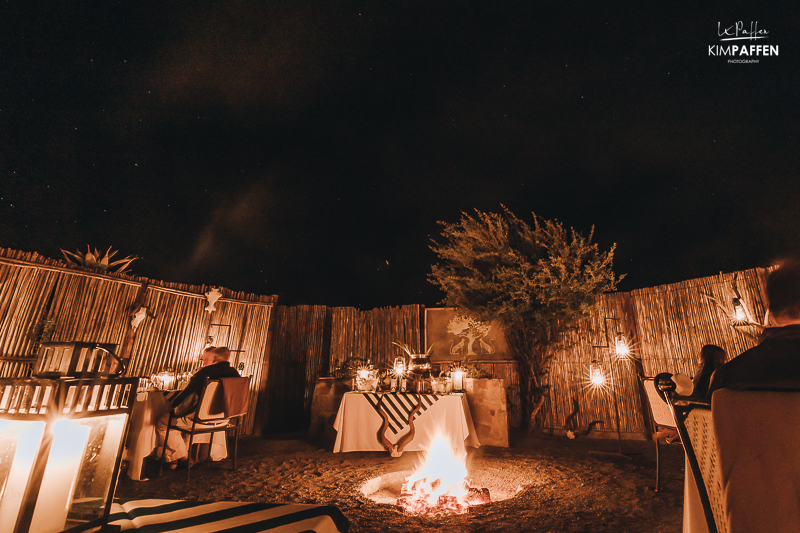
Many safari lodges offer great candlelit dining experiences in a traditional Boma. Ask the safari lodge or your tour operator if they can offer such activity. I've had many boma diners across Africa in countries like South Africa, Kenya, and Tanzania. I especially love the boma experience in East Africa that includes Maasai dancing.

